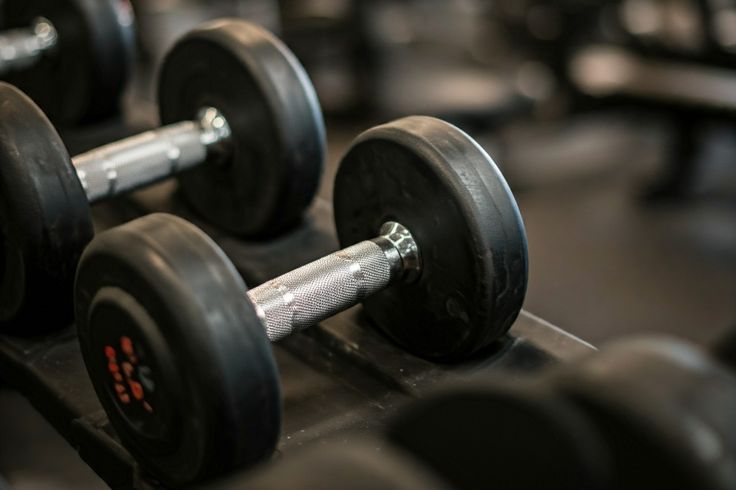Summary
Weight training is crucial for gymnasts’ lower body strength, complementing bodyweight exercises. It reduces injury risks, improves power production, and offers advantages over bodyweight training alone. Incorporating weight training into gymnastics conditioning enhances performance, injury prevention, and long-term athletic development.
Strength and conditioning is vital to well-structured gymnastics training. While most gymnastics strength and conditioning methods involve bodyweight training, weight training has an important place in an effective program, especially for lower body training.
In my opinion, a truly complete lower body strength program must include weight training. For gymnasts, lower body weighted strength training decreases risk of both acute and overuse injuries. Likewise, weight training increases absolute power production. Finally, we see significant advantages in weight training versus bodyweight training for lower body.
Weight Training Decreases Injury Risks
Lower body weight training is crucial for reducing back and lower body injury risks in gymnasts.
Gymnasts can experience between 9x-17x bodyweight forces during tumbling and this force usually needs to be absorbed during landings. Similarly, gymnasts may experience over 500 impacts from landing or takeoff during just two weeks of training. Training with bodyweight alone just can’t simulate these forces on the body.
Lower body injuries affect gymnasts most frequently, particularly knee and ankle injuries. Studies have found that, out of various NCAA sports, gymnastics is 2nd only to football in injury prevalence. About half of gymnasts injuries are lower extremity injuries, with another ~15% to the lower back. Most of these injuries are classified as overuse injuries.
Research suggests well structured conditioning programs for youth athletes that include resistance training reduce sports related injuries. Some evidence has shown strength training reduced injury rates by 2/3 and overuse injury in half. A review of the scientific literature found that strength training consistently improved resilience to acute and overuse injury.
Weighted Resistance Training Improves Athlete’s Power
Lower body weight training improves athlete power production, which directly impacts performance. Increased power and jump height leads to better performance on floor and vault, allowing for performance of higher complexity skills with more air time. Likewise, greater leg strength makes it easier to control and disperse forces during landings.
Greater max half squat strength is strongly associated with sprint performance and jump height in athletes. Combining plyometrics, heavy resistance training, and power oriented strength training can boost vertical jump performance.
Weight Training Has Important Advantages to Bodyweight Training
Weight training also has certain edges over bodyweight training.
Weighted strength training allows athletes to push maximal strength limits more easily than bodyweight. With bodyweight leg training, it is difficult to train close to maximal force output for a significant period of time to create strength gains. Plyometric training can produce maximal force output, but not for a significant continuous period of time. Weighted resistance training makes it easier to output the greatest amount of force with exercises like squats and deadlifts.
Weighted resistance training allows for easily measurable progressive overload to produce and track consistent improvement. With weight training, objective measures of volume, intensity, and performance can be measured and tracked using sets, reps, and weight. This quantity of weight used per lift allows athletes to easily track progress over time, at high ends of strength.
Conclusion
In conclusion, incorporating weight training into a gymnast’s strength and conditioning program is essential for enhancing performance and reducing injury risk. While bodyweight exercises are beneficial, weight training uniquely prepares athletes to handle the extreme forces encountered during gymnastics routines, significantly decreasing the likelihood of both acute and overuse injuries. Additionally, it improves power production, which is crucial for executing complex skills on events like floor and vault.
Furthermore, weight training allows for measurable progressive overload, enabling athletes to effectively push their maximal strength limits. By integrating a well-structured weight training regimen alongside traditional gymnastics training, coaches and athletes can create a more comprehensive approach that not only boosts performance but also supports long-term health and longevity in the sport.
For more gymnastics strength and conditioning content check out these articles

